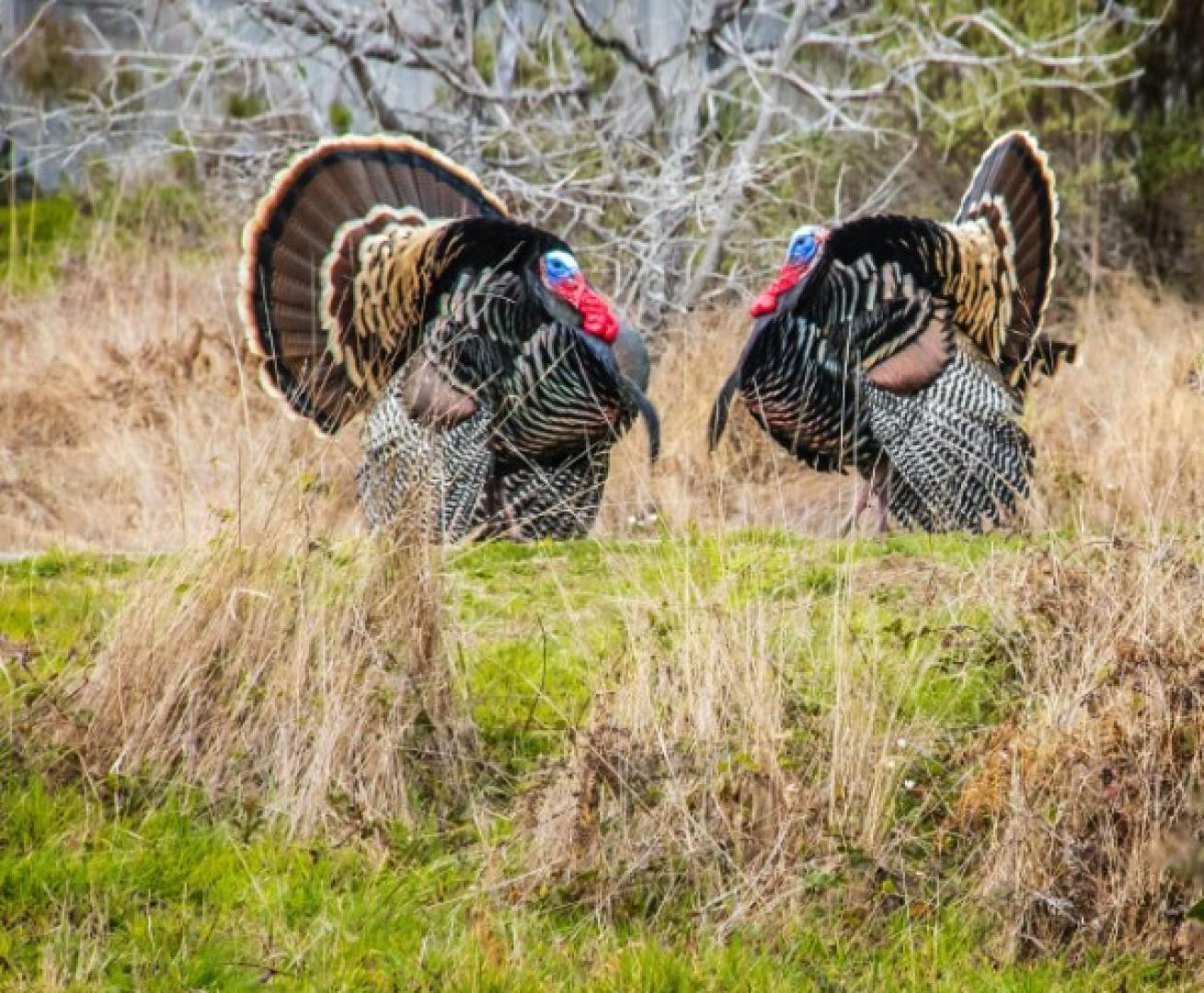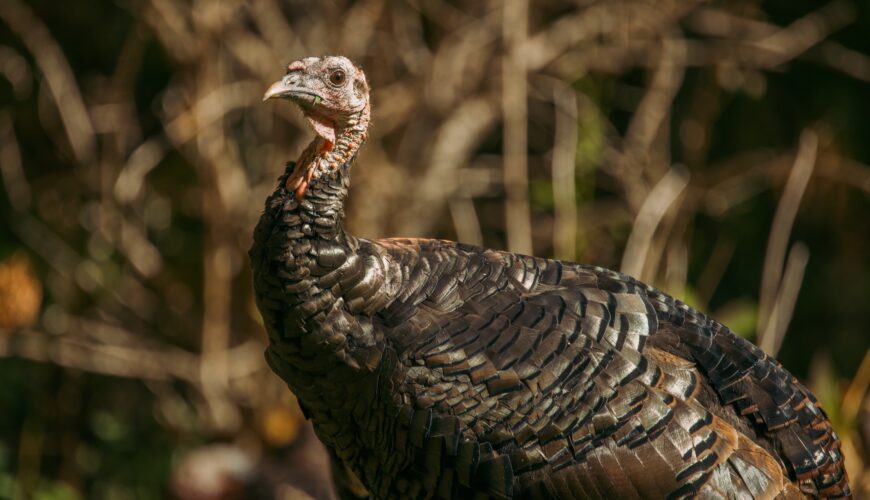News
iSportsman Salutes Our Nation’s Veterans
November 11, 2025 •iSportsman Staff
September 20, 2022
Fall turkey hunting is nowhere near as popular as spring turkey hunting. During the fall, there is a lot of competition for the time and attention of hunters. Deer, ducks, small game and migratory birds all pull hunters in different directions. For the hardcore turkey hunters out there, fall can be a great time to pursue these magnificent birds without much competition in the field.
Fall turkey hunting is completely different. Gobblers bunch up in the fall and spend most of their time feeding. They don’t gobble regularly like they do in the spring while chasing hens, but they still vocalize. There’s plenty of ways to kill a fall gobbler. Busting up a flock and calling them back together is an exciting favorite tactic.

Turkeys can be patterned in the fall. If a hunter knows the local birds regular roosting feeding areas, then the hunter may be able to set up on a travel route. This tactic has worked for me in the past. After watching turkeys on numerous occasions during scouting trips, I’ll set up on a particular field edge in hopes of catching a turkey on his way from his roost to feeding, or vice versa.
Hunters are allowed to harvest one turkey of either sex during the fall. Fall turkey hunting is open statewide to archery hunters. This includes hunters using crossbows. Of course, this may vary depending on your location so always double check with your local authority before heading out into the field.
You need a valid turkey hunting license and a valid game bird habitat stamp to hunt wild turkey. Spring and fall turkey licenses are different. You need a different license for each season. Turkeys can be hunted with 10-, 12-, 16- or 20-gauge shotguns and muzzleloading shotguns. You can only use pellet of sizes No. 4, 5, 6, 7 or 7½. You can also use bows and crossbows. Legal shooting hours for turkeys is from one-half hour before sunrise to sunset.
Once you have killed a turkey, you must immediately complete and attach a temporary transportation tag. You make your own out of a piece of piece paper. Include the hunter’s full name, address, sex of the turkey, license number, and the date the turkey was taken before transporting the turkey from the field.
Wild turkeys were once just a memory in Indiana. By the early 1900s, they were completely eliminated from the state. This was the case across most of the Midwest. Thankfully, conservation efforts have restored wild turkeys to the majority of their native lands and hunters are now able to experience the thrill of chasing them in both the spring and fall.
